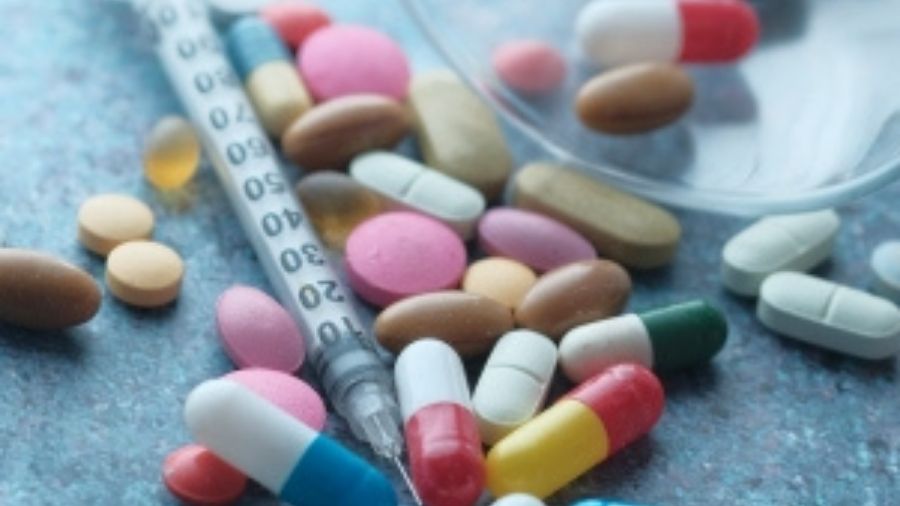The debate between the global North and the global South regarding the enforcement of intellectual property rights in the pharmaceutical industry is wellknown. This has generated policy interest in the effect of IPRs on the market, technology diffusion, foreign direct investment, imitation and innovation. Studies reveal that pharmaceutical companies in the global North are urging India to strengthen its commitment to enforcing its IPR laws.
Conventionally, IPRs are seen as an economic or legal issue, embodied in the rights to ‘ownership’ and, thus, to the exclusive use of innovations across sectors. Innovation is predominantly led by pharmaceutical firms in the global North. The innovations are driven through technology transfer to and collaborations with the global South. The agreement between Dr Reddy’s Laboratories and Novartis or that of Sun Pharmaceuticals and AstraZeneca are some examples.
Indian pharmaceutical firms enjoy significant market powers, right from developing generic drugs, over the counter medicines and active pharmaceutical ingredient/ bulk drugs, vaccines, contract research and manufacturing, biosimilar and biologics. Data show that the FDI inflow in the Indian drugs and pharmaceuticals sector stood at $18.12 billion between April 2000 and June 2021, with the highest number of US-FDA compliant pharmaceutical manufacturing plants outside America. India is home to more than 3,000 WHO goods-manufacturing-practice-approved pharmas with a strong network of over 10,500 manufacturing facilities. India filed 71,510 patents and granted 34,442 patents as of 2020 as per the world intellectual property organization data.
Despite a robust manufacturing and innovation mechanism in place, affordability remains a concern in many therapy segments. IPR-inflicted patented products from the global North are efficacious but priced exorbitantly. The underprivileged are thus unable to get this product benefit. The WTO’s Uruguay Round of trade negotiations on Trade in Pharmaceutical Products eliminated tariffs and other charges on a large number of pharmaceutical products. Trade measures, such as compulsory licensing that signed in the WTO’s Trade-Related Aspects of Intellectual Property Rights Agreement, are necessary to correct market distortions in developing innovative and new medicines for least developed countries. But the lack of unity among LDCS in the face of pressure from multinational pharma companies is a challenge. Free trade areas need to be negotiated by host countries to avoid the protection of patent rights depending on disease prevalence and disease burden. Trade and regulatory mechanisms, such as non-tariff measures, standards, testing, labelling and certifications, play an important role in product safety and patient safety. Additionally, there is a pertinent need for foreign trade specialists on the board of Indian pharma firms.
The prime task of policymakers and pharmaceutical manufacturers is to make the products affordable. In India, many diseases carry huge out-of-pocket expenses. A better reach of medicine at affordable prices may, in fact, drive higher profitability.
Multiple stakeholders’ participation and dialogue along with industry-academic policy research across the global South and the global North may help in undertaking appropriate policies on IPRs and the global pharmaceutical trade. In fact, the sector can interact through partnership, cooperation, and collaborations towards a robust global healthcare system that is capable of delivering affordable medicines across geographies in order to create a resilient and prosperous society.
The authors are with International Management Institute, New Delhi











